All plants consist of vegetative and generative organs. The latter are responsible for reproduction. In angiosperms, it is a flower. It is the vegetative organs of a plant - this is the root system and shoots. The root system consists of the main root, lateral and additional. Sometimes the main root may be unexpressed. Such a system is called fibrous. Shoots consist of stems, leaves and buds. The stems provide the transport of substances, and also support the position of the plant. The buds are responsible for the formation of new shoots, as well as flowers. The leaf is the most important organ of the plant, as it is responsible for photosynthesis.
How it works
Simple and compound leaves consist of several types of tissues. Let's look at them in more detail.
From a histological point of view
Above is the epidermis. This is a layer one or two cells thick with dense shells located very close to each other. This tissue protects the sheet from mechanical damage, and also prevents excessive evaporation of water from the organ. In addition, the epidermis is involved in gas exchange. For this, stomata are present in the tissue.
On top of the epidermis there is also an additional protective layer, which consists of wax secreted by the cells of the integumentary tissue.
Under the layer of the epidermis is a columnar, or assimilation parenchyma. This is a leaf. The process of photosynthesis takes place in it. Parenchyma cells are arranged vertically. They contain a large number of chloroplasts.
Under the assimilation tissue is the conducting system of the leaf, as well as the spongy parenchyma. are xylem and phloem. The first consists of vessels - dead cells connected vertically to each other, without horizontal partitions. The xylem carries water and dissolved substances into the leaf from the root. Phloem is made up of sieve tubes - elongated living cells. On this conductive tissue, solutions are transported, on the contrary, from the leaf to the root.
Spongy tissue is responsible for gas exchange and water evaporation.
Under these layers is the lower epidermis. It, like the top one, performs a protective function. It also has stomata. 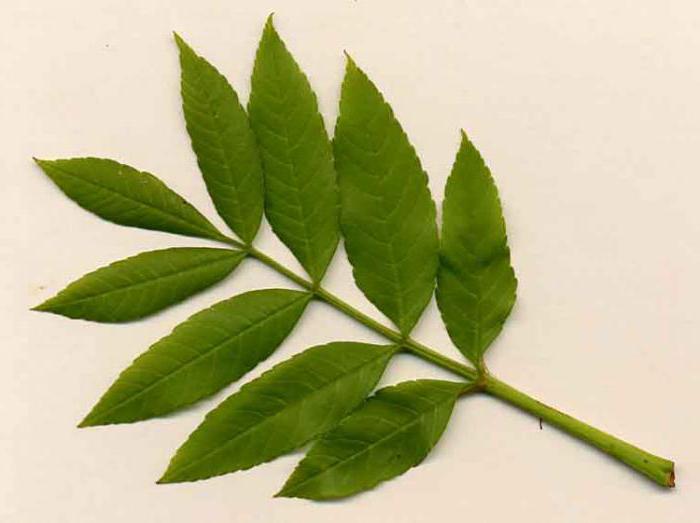
leaf structure
A petiole leaves the stem, on which the leaf blade is attached - the main part of the leaf. Veins extend from the petiole to the leaf margins. In addition, stipules are found in its connections with the stem. Compound leaves, examples of which will be discussed below, are arranged in such a way that there are several leaf blades on one petiole.
What are the leaves
Depending on the structure, simple and complex leaves can be distinguished. Simple ones consist of one plate. Compound sheet - one that consists of several plates. It can vary in structure. 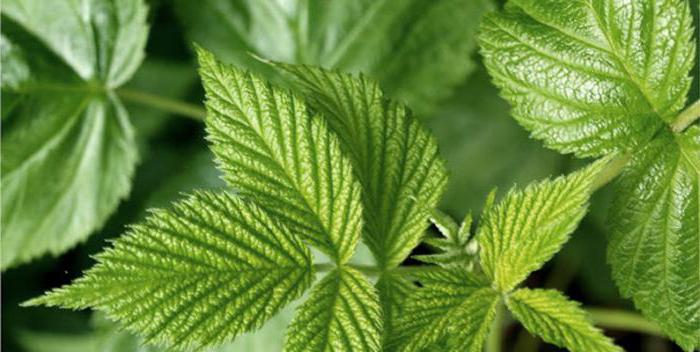
Types of compound leaves
There are several types. Factors for dividing them into types can be the number of plates, the shape of the edges of the plates, and there are five types.
Leaf shape - what it happens
There are such types:
- swept;
- oval;
- annular;
- linear;
- heart-shaped;
- fan-shaped (semicircular leaf);
- pointed;
- needle;
- wedge-shaped (triangular leaf, attached to the stem at the top);
- spear-shaped (sharp with spines);
- spatulate;
- lobed (the sheet is divided into several blades);
- lanceolate (long, wide leaf in the middle);
- oblanceolate (the upper part of the leaf is wider than the lower);
- obverse heart-shaped (leaf in the shape of a heart, attached to the stem with a sharp end);
- diamond-shaped;
- crescent.
A complex sheet may have plates of any of the listed shapes. 
Plate edge shape
This is another factor that allows you to characterize a complex sheet.
Depending on the shape of the edges of the plates, the leaves are of five types:
- jagged;
- crenate;
- serrated;
- notched;
- entire.
Other types of compound leaves
Depending on the number of plates and their location, the following types of compound leaves are distinguished:
- palmate;
- pinnate;
- two-pinnate;
- trifoliate;
- notched.
In palmate compound leaves, all plates diverge along the radius from the petiole, resembling the fingers of a hand in their appearance. 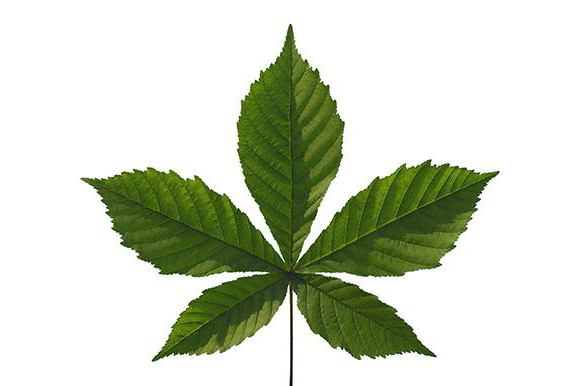
Cirrus leaves have leaf blades along the petiole. They are divided into two types: paired and unpaired. The first do not have an apical plate, their number is a multiple of two. In unpaired pinnates, the apical plate is present.
In bipinnate leaves, the plates are located along the secondary petioles. Those, in turn, are attached to the main.
Three-leafed have three plates.
The pinnate leaves are similar to pinnate.
Compound leaves - their venation
There are three types of it:
- Parallel. The veins run exactly from the base of the leaf to its edges along the entire plate.
- Arc. The veins do not go exactly, but in the form of an arc.
- Mesh. It is divided into three subspecies: radial, palmate and peritoneural. With radial venation, the leaf has three main veins, from which the rest depart. The palmate is characterized by having more than three main veins that separate near the base of the petiole. With a peritoneal leaf, it has one main vein, from which the rest depart.
The most common compound leaf has reticulate venation.
Arrangement of leaves on the stem
Both simple and compound leaves can be arranged in different ways. There are four types of location:
- Whorled. The leaves are attached in three pieces to a narrow stem - a whorl. They can be crossed, with each whorl rotated 90 degrees relative to the previous one. Plants with this arrangement of leaves are elodea, crow's eye.
- Rosette. All leaves are at the same height and arranged in a circle. Agave, chlorophytum has such rosettes.
- Sequential (next). Leaves are attached one at each node. Thus, they are located at the birch, pelargonium, apple tree, rose.
- Opposite. With this type of arrangement, each node has two leaves. Each node is usually rotated 90 degrees relative to the previous one. Also, the leaves can be arranged in two rows without turning the nodes. Examples of plants with this arrangement of leaves are mint, jasmine, lilac, fuchsia, and lamb.
The first two types of leaf arrangement are characteristic of plants with simple leaves. But the second two species can also apply to complex leaves. 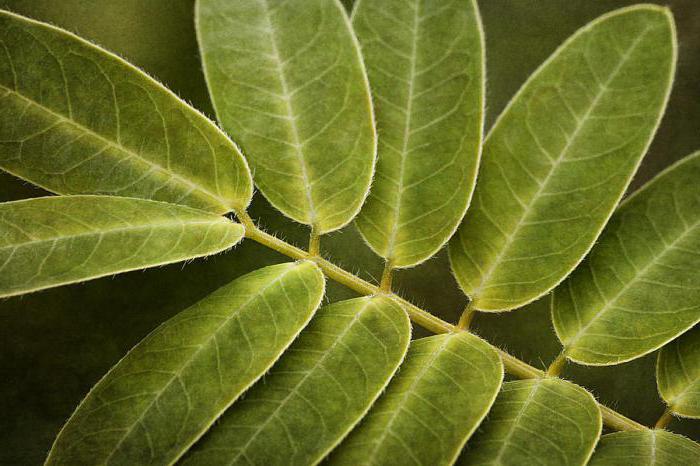
plant examples
Now let's look at the different types of compound leaves with examples. There are enough of them. Plants with complex leaves can be of various life forms. It can be both bushes and trees.
Very common plants with complex leaves are ash trees. These are trees of the olive family, the dicotyledonous class, the angiosperm department. They have odd-pinnate compound leaves with seven to fifteen plates. The shape of the edge is serrated. Venation - reticulate. Ash leaves are used medicinally as a diuretic.
A striking example of a bush with complex leaves is raspberries. These plants have pinnate leaves with three to seven blades on long petioles. The type of venation is peritoneural. The shape of the leaf edge is crenate. Raspberry leaves are also used in folk medicine. They contain substances that have an anti-inflammatory effect.
Another tree with complex leaves is the mountain ash. Its leaves are paired. The number of plates is about eleven. Venation is peritoneural. 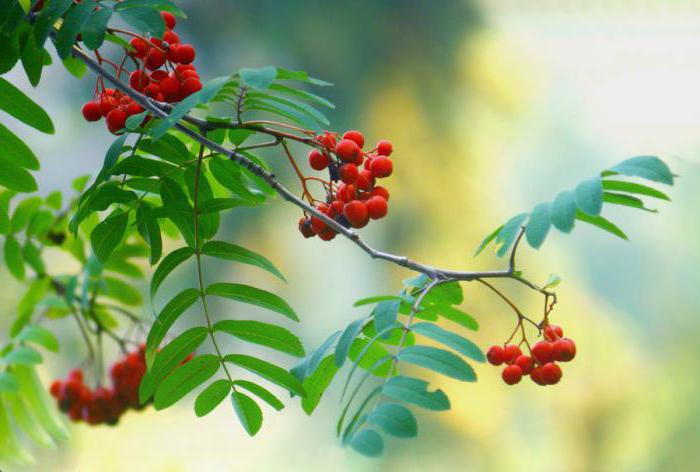
The next example is clover. It has complex trifoliate leaves. The venation of clover is reticulate. The shape of the edge of the sheet is entire. In addition to clover, bean also has trifoliate leaves.
Plants such as albizia also have complex leaves. It has bipinnate leaves.
Another striking example of a plant with complex leaves is the acacia. This bush has a mesh venation. The shape of the edge is solid. Leaf type - bipinnate. The number of plates - from eleven pieces.
Another plant with complex leaves is the strawberry. Leaf type - trifoliate. Venation - reticulate. These leaves are also used in folk medicine. Usually with atherosclerosis and other vascular diseases.
Conclusion
As a conclusion, we present a generalizing table about complex leaves.
| Complex sheet type | Description | plant examples |
| palmate leaves | The plates diverge from the petiole like a fan, resembling human fingers | horse chestnut |
| odd pinnate | The number of plates is odd, there is an apical one. All plates are located along the main petiole | Ash, rose, rowan, acacia |
| Paranipinnate | The number of leaf blades is odd, the apical one is absent. All of them are located along the main petiole. | Peas, sweet peas |
| bipinnate | The plates are attached to secondary petioles growing from the main petiole. | Albizia |
| Trifoliate (three-leaved) | They have three plates that extend from the main petiole | Clover, bean |
| perforated | The plates are arranged like pinnate, but not completely separated | Rowan |
So we examined the structure of a complex leaf, which they possess.
